Russell Hall (1960)
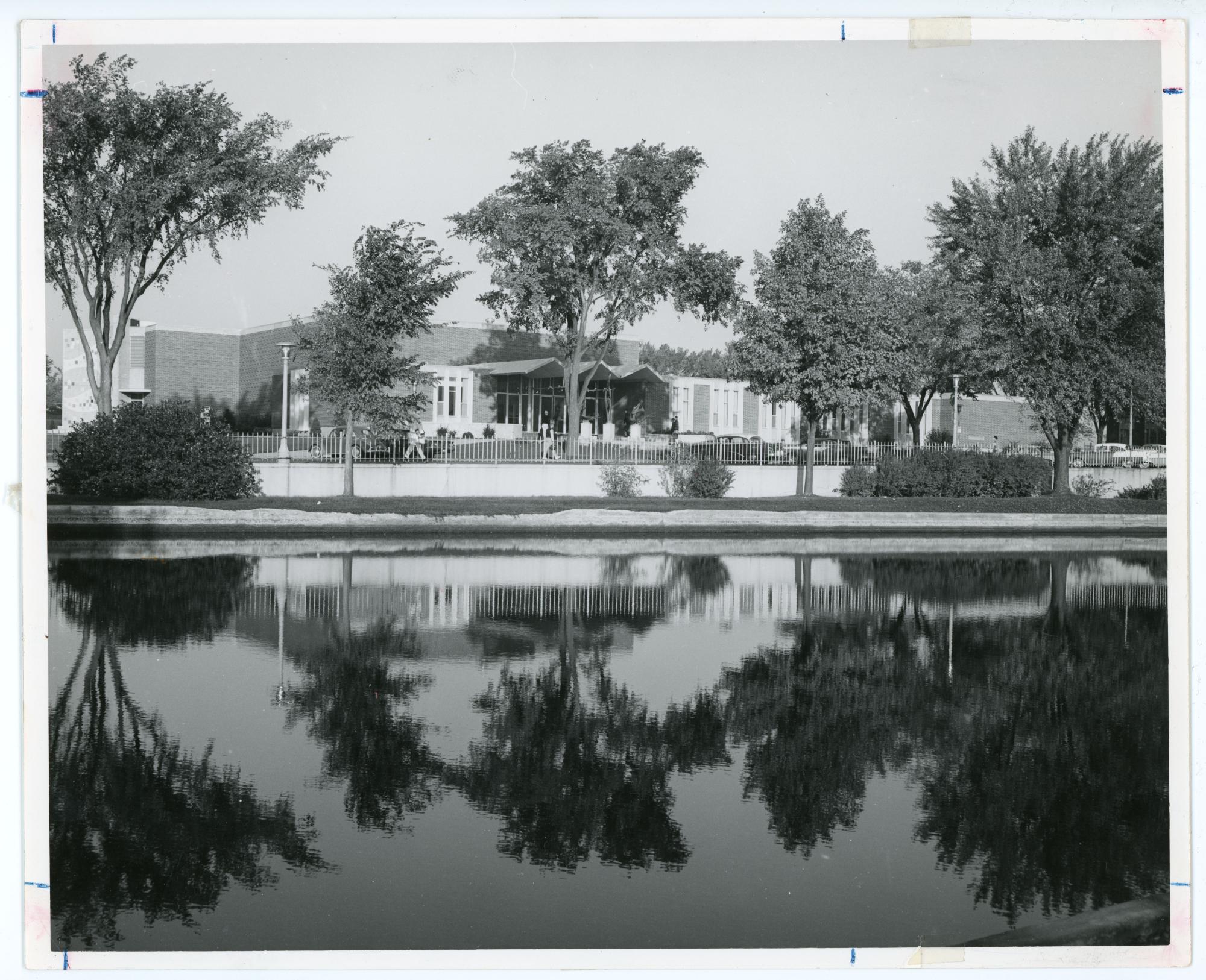
In 1956, Iowa State Teachers College President James W. Maucker asked the Iowa General Assembly for $1.1 million for a new music building. He stated that a "fine program for the preparation of music teachers . . . was hampered by obsolete quarters." At that time, the college offered music work in the school's oldest buildings: Central Hall, Old Gilchrist Hall, and the Old Administration Bulding. Registrar Marshall Beard, in a 1956 address to the campus Phi Delta Kappa chapter, said that the college planned to demolish those old buildings, so music instruction would certainly need new facilities. But the General Assembly did not appropriate funding at that time. President Maucker re-submitted a request, this time for $1.155 million, in 1958, and the legislature approved the funding in its 1959 session.
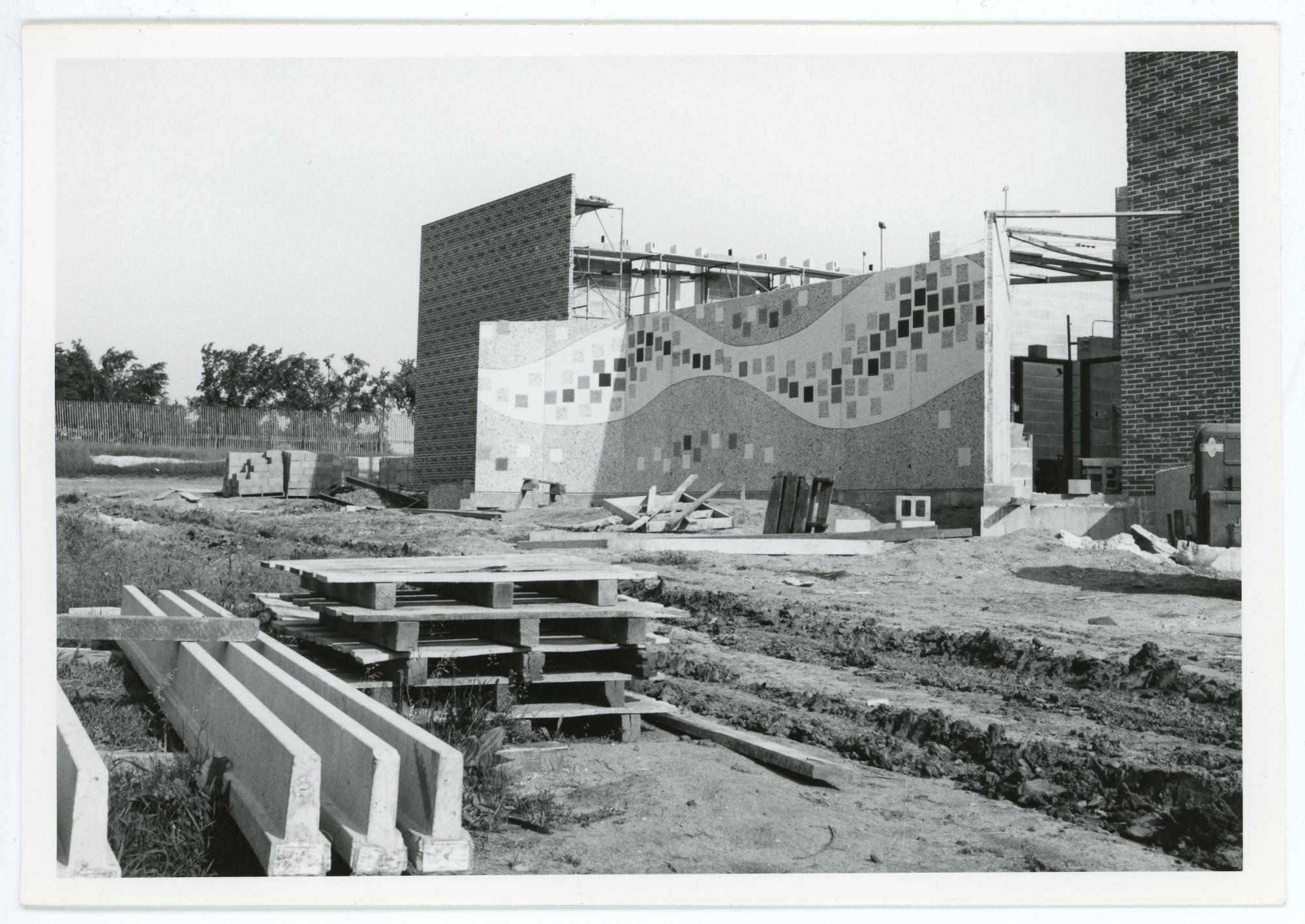
The Board of Regents approved the project as part of a campus capital improvement plan that included a new Health Center, an addition to the Arts and Industries Building, power plant enhancements, and land acquisition for campus expansion. The Regents selected local architects Thorson, Brom, and Henry and general contractor John G. Miller Company, both of Waterloo. Professor Myron Russell, head of the Department of Music, stated that music faculty had already been thinking for many years about a new building. He himself visited new music facilities on other campuses and offered a series of useful suggestions to the architects.

The contractor broke ground for the new building in June 1960 in an area that was then on the western edge of campus. Work progressed rapidly. The music program moved out of its old quarters and into the new Music Building in February 1962. Professor Russell was very pleased with the new facilities. The number of practice rooms increased from thirteen to thirty-one; instrument lockers increased from twenty-five to 151. The building included a new 4000-pipe organ that had been made in the Netherlands. Robert Noehren installed the organ in a walnut console in the Music Building auditorium. It was described as the largest organ in Iowa at the time.
The Music Building was remarkable in at least one other respect: it was the first campus building into whose design art was incorporated during or shortly following construction. This has since become standard in the design and construction of campus buildings. There are two major artworks incorporated into the Music Building. First, there is the bandshell, designed by art faculty member David Delafield, that forms the south wall of the building.

And, second, there is the freestanding sculpture on the east side of the building, Symphony in Three Forms, created by art faculty member Don Finegan. Professor Finegan said that his work developed out of an original need for some sort of outdoor sign denoting the name of the Music Building. He said that he dropped in to talk with the architect, and his project evolved from that discussion.
The dedication ceremony for the Music Building was held on May 6, 1962. It featured the performance by the Symphony Orchestra and the A Cappela Choir of the cantata "Blind with Rainbows", with lyrics by English faculty member James Hearst and music by music faculty member William Latham. Also included in the ceremony was a march written by Edward Kurtz, former head of the Department of Music.
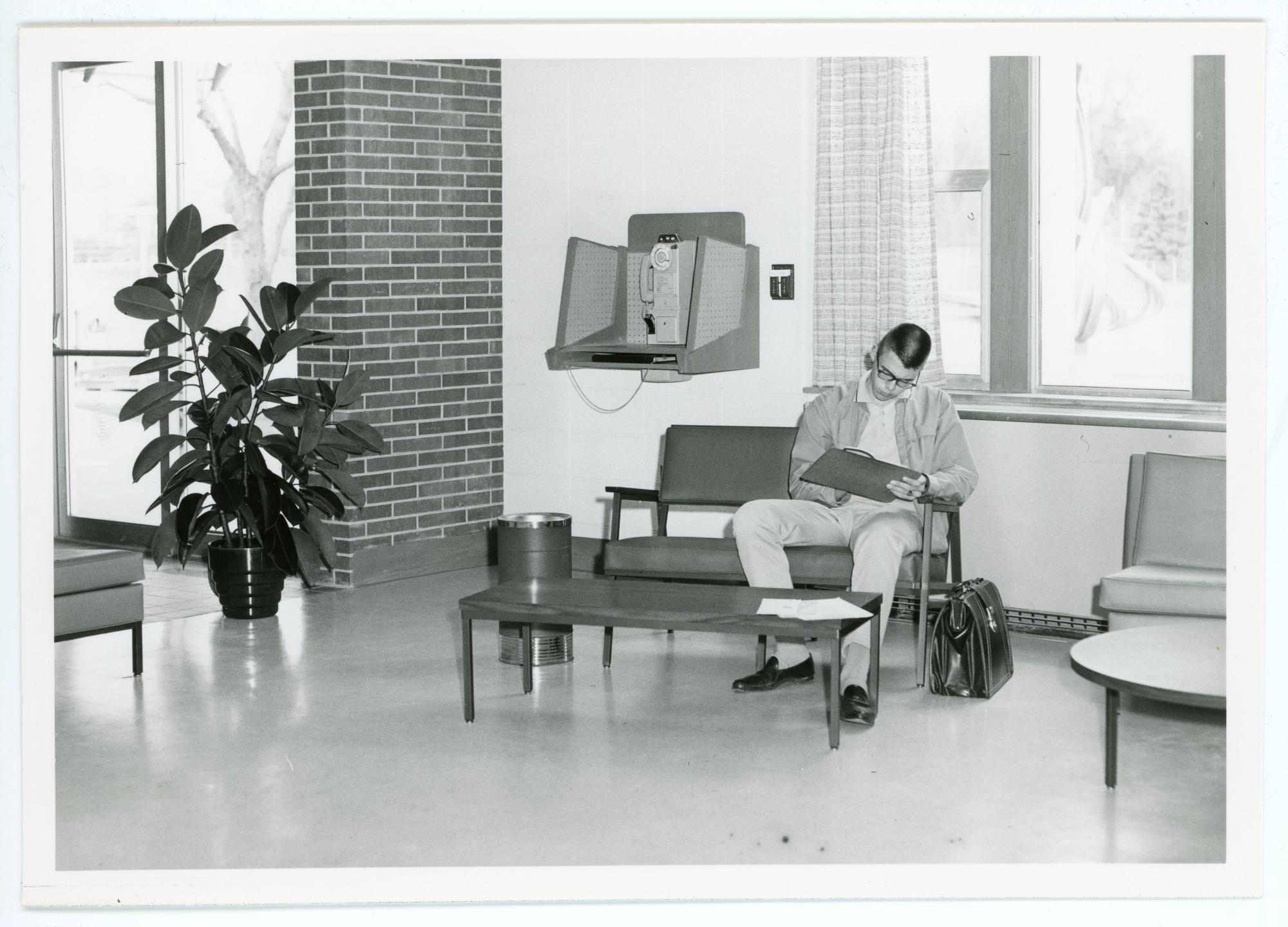
When it opened for use, the building had an administrative unit with offices, a lounge, listening rooms, and a music library. It also had many practice rooms, two large rehearsal rooms, and a six hundred seat auditorium with an orchestra pit.
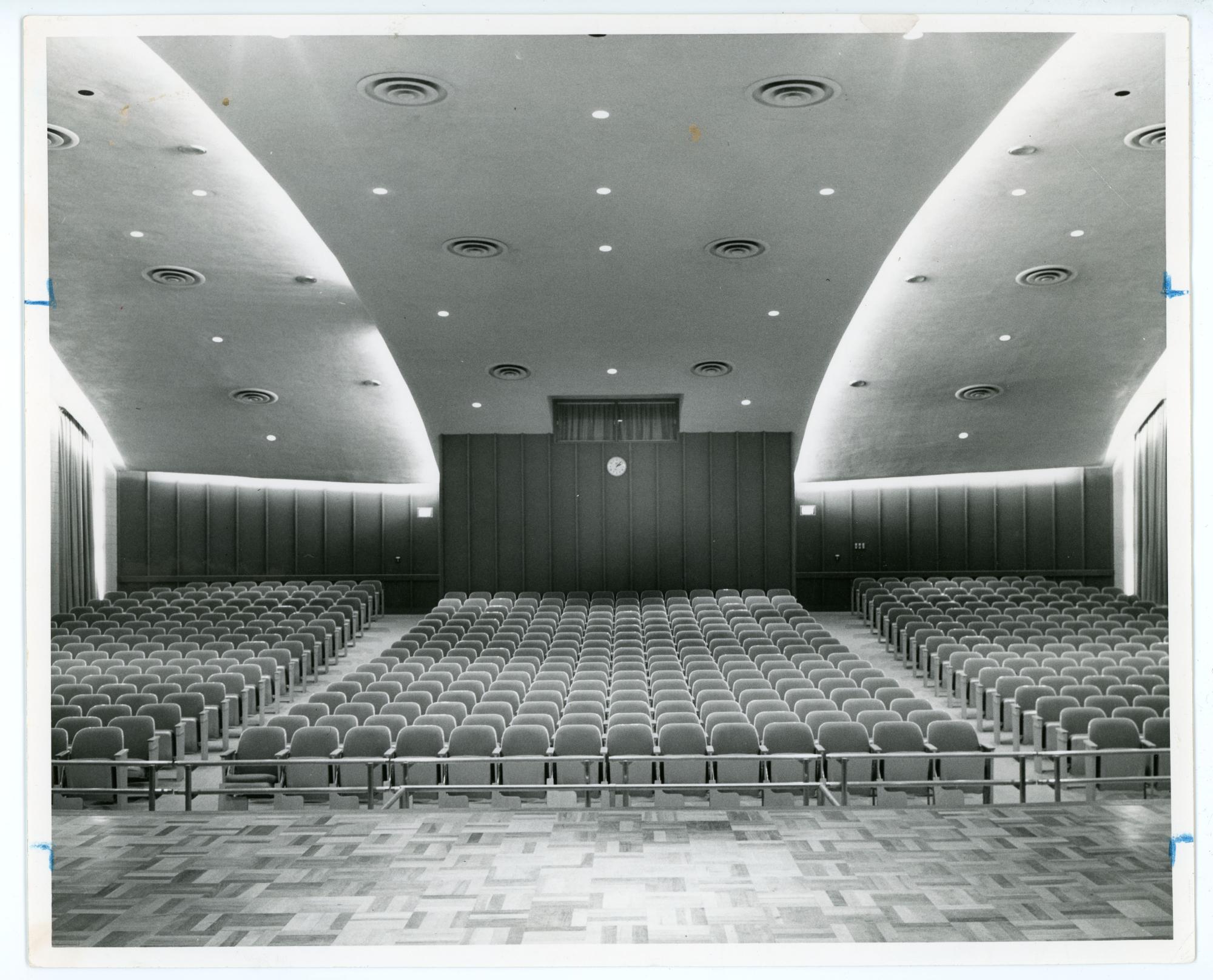
Until 1972, this building was known by the functional names Music Hall or Music Building. In May 1972, the Board of Regents approved a proposal to name the building in honor of Myron E. Russell.
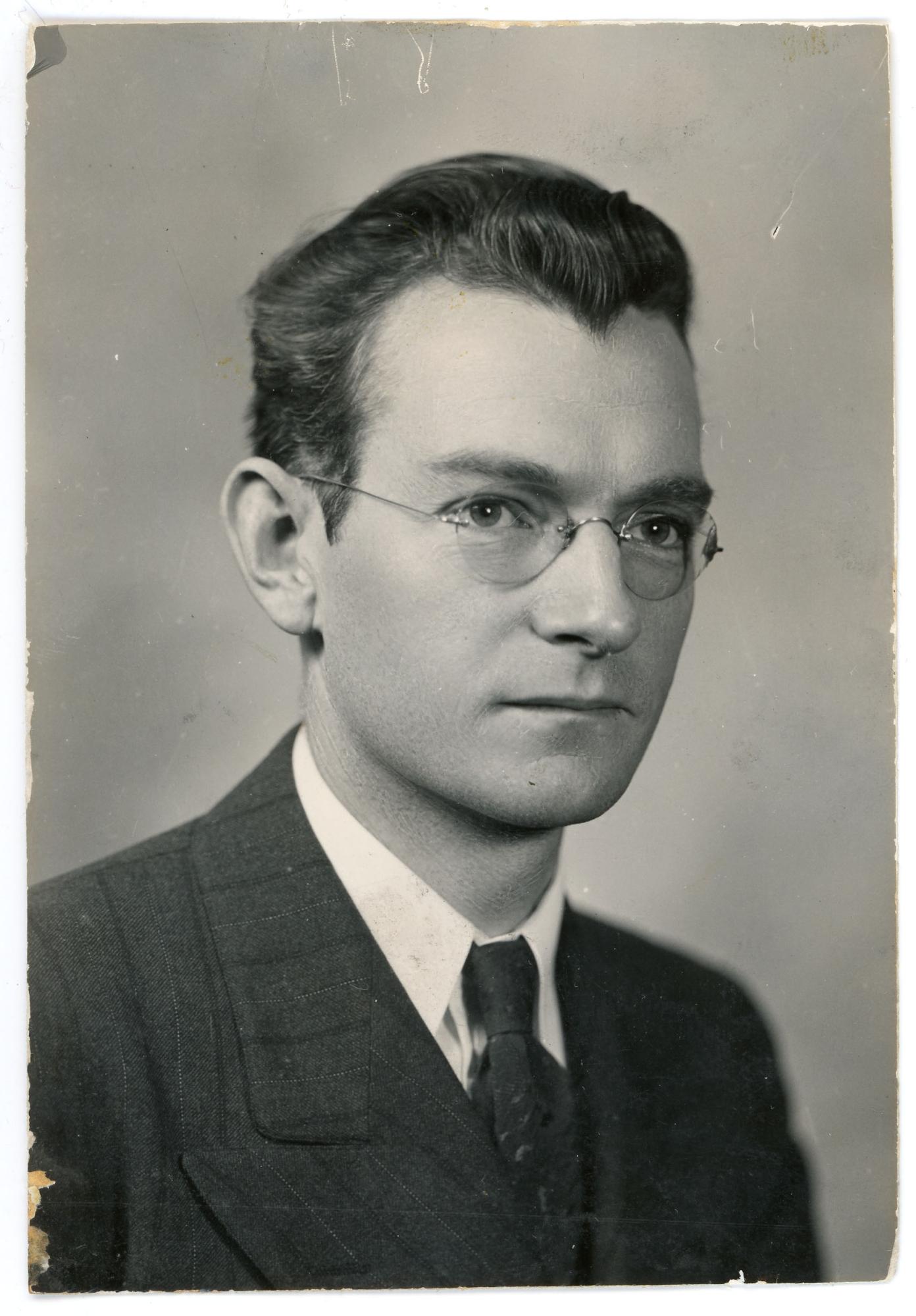
In making his recommendation, President John Kamerick said, "Professor Russell has distinguished himself as a performer, teacher, administrator, and leader in the community." Professor Russell served on the faculty for forty-four years and was head of the Department of Music for twenty-one years. He retired in 1973.
Russell Hall underwent several major renovation projects in the early 1980s to make the building more energ- efficient and to correct problems with the HVAC systems. The building was one of the first on campus to have air conditioning, but lack of control of humidity caused concerns, especially for the delicate musical instruments stored there. Complaints about the acoustics in the auditorium also surfaced occasionally.
By the early 1990s, dissatisfaction with Russell Hall began to crystallize around several points. First, the building was badly overcrowded: facilities built in 1962 could not accommodate the much larger numbers of faculty and students in 1990. And, second, the building was simply wearing out and becoming outmoded in a number of ways. The construction of the Gallagher-Bluedorn Performing Arts Center took some pressure off the use of Russell Hall. However, John Vallentine, Director of the School of Music, pointed out that eighty percent of School of Music activities still took place in Russell Hall even after the opening of the Performing Arts Center. Consequently, a Russell Hall Renovation Project was added to the University's "Students First" capital campaign. The capital campaign hoped to raise $2 million. Alumni Gayle Rose and Bruce Bengtson began the campaign with significant donations; other major donors included the Hinson Family and Richard and Kris Schultz. Nearly three hundred others also contributed to the campaign, which did exceed its goal. The total budget for the complete renovation project was initially estimated to be about $8 million. The project would include a complete renovation of Russell Hall, with improved performance and rehearsal space, enhancement of studios and classrooms, and development of recording facilities for the Jazz Band and other groups.
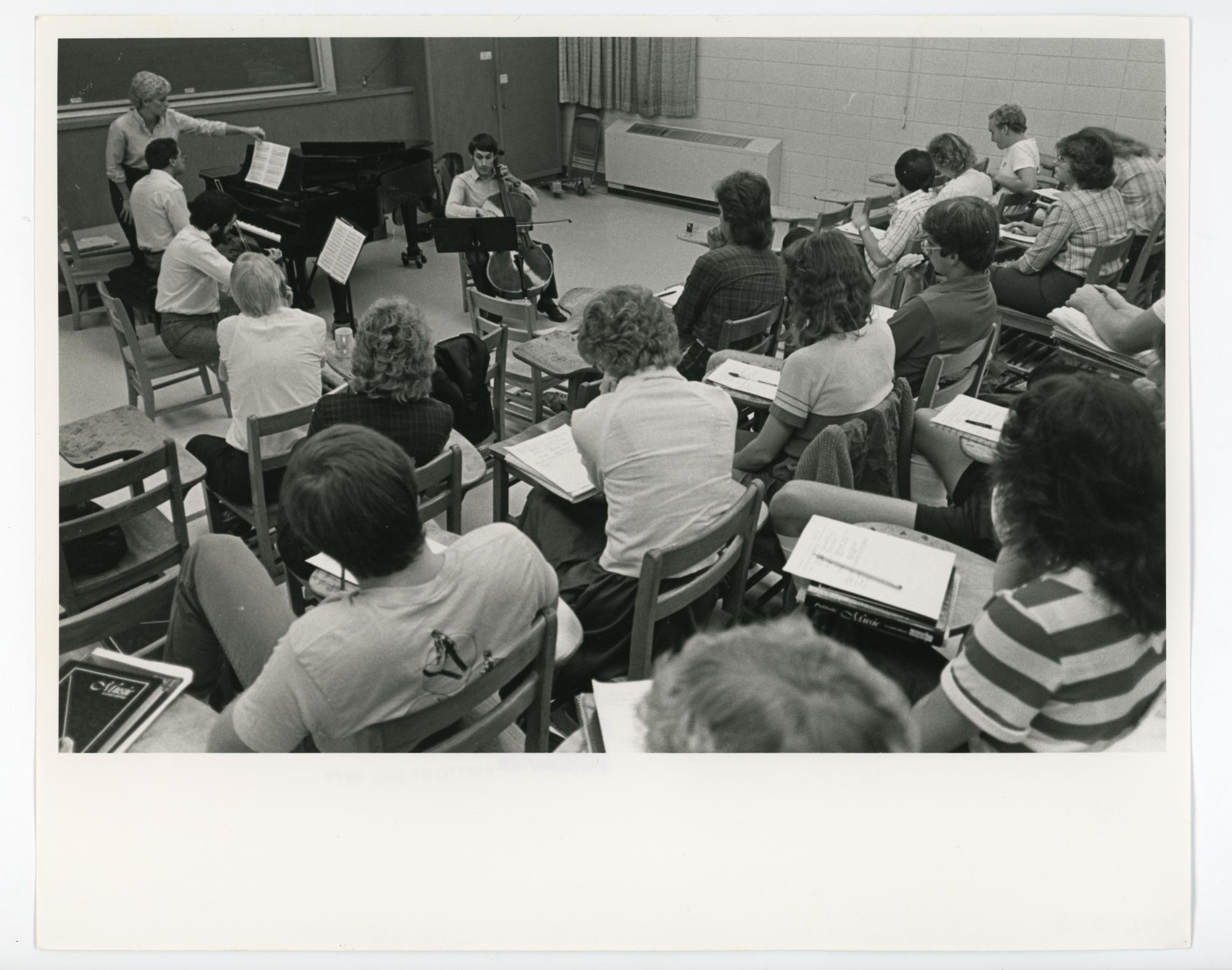
At their May 3, 2006, meeting, the Regents approved a schematic design and a budget of $9.8 million for Russell Hall renovation. Two million dollars would come from private donations; the remainder would be financed by academic revenue bonds. Plans for the project included a two story addition; renovation of existing facilities; and rehearsal, recording, and performance space for the Jazz Bands. The auditorium would be renovated and new classrooms and studios would be added. New heating, ventilation, and cooling systems would also be installed. The project was expected to begin in February 2007 and be completed in August 2008.
Renovation did indeed begin in February 2007. The western portion of the building was closed and many of the applied music faculty moved to Gallagher-Bluedorn Performing Arts Center. The remainder of the building was closed in May 2007, with faculty moving to temporary offices in the Center for Energy and Environmental Education, Baker Hall, and the Communication Arts Center. Plans called for some of the faculty to move back into renovated portions of Russell Hall before the entire project was completed in August 2008.
Construction followed the schedule fairly closely; work was almost complete by the time that school opened for the fall 2008 semester. The building was re-dedicated with a series of activities on Friday and Saturday, September 25-26, 2008. On Friday afternoon there was a dedication ceremony followed by a reception and tours of the renovated building. On Friday evening, the 27th annual Scholarship Benefit Concert featured alumna Sheri Greenawald and trombonist Nick Lane. The Northern Iowa Symphony Orchestra, the UNI Singers, the Concert Chorale, the Chamber Singers, the Wind Symphony, the Northern Iowa Flute Choir, and faculty pianists Sean Botkin and Genadi Zagor also performed. Jazz Band One, the Northwind Quintet, the Tuba Quartet, the Opera Ensemble, and The Chamber Singers performed at the reception after the concert. On Saturday evening the School of Music Alumni and Friends held its annual banquet. A concert followed with performances by the UNI Faculty String Quartet, pianist Matt Bengtson, Sheri Greenawald, faculty pianist Marleta Matheson, Jazz Band One alumni, and others.
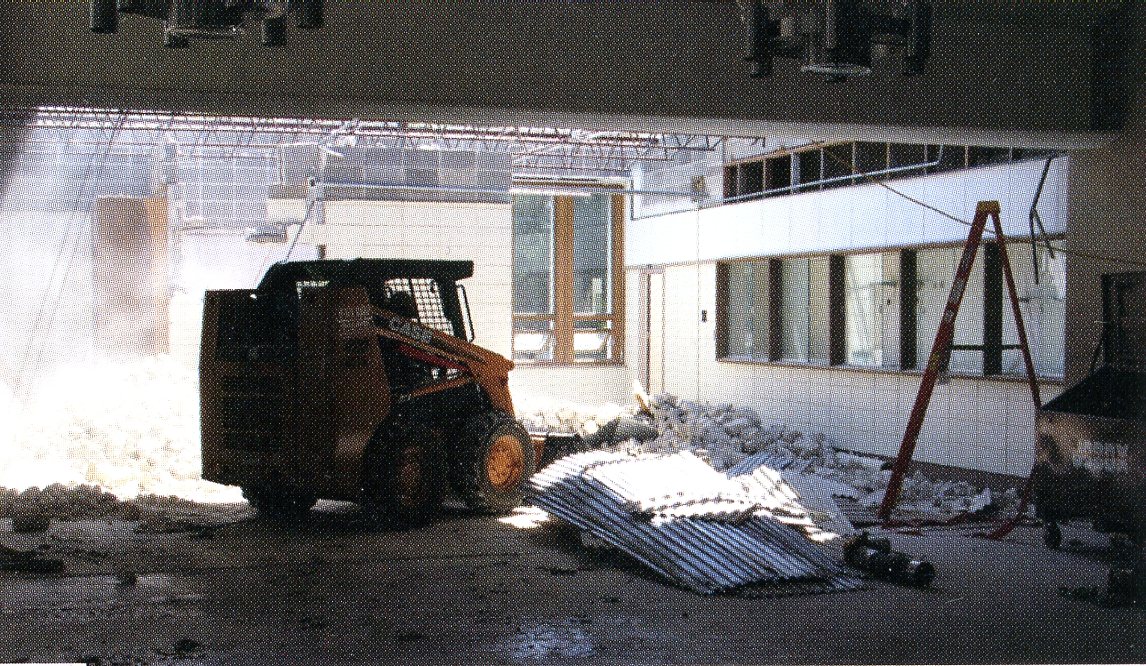
The renovated building included a number of new features: a chamber music hall, jazz studios, an instrument repair room, two new classrooms, and a music technology laboratory. Renovated features included: updated studios, classrooms, and practice rooms. The old auditorium was named Bengtson Auditorium in honor of Bruce Bengtson, an alumnus of 1964. Mr. Bengtson completed a double major in music and history. He went on to become vice president and treasurer of Maier Bakery in Pennsylvania. During the project, Bengtson Auditorium received new seats and better acoustical arrangements. In the process, seating was reduced from about 660 to about 400.
In August 2008, the Board of Regents approved the naming of the new wing of Russell Hall in honor of local philanthropist Pauline Barrett, who made a lead gift for the renovation project. Mrs. Barrett had earlier made gifts to the Gallagher-Bluedorn Performing Arts Center building project and to scholarship programs. The Barrett Wing includes a chamber music rehearsal hall, jazz studios, and a kitchen.
Compiled by Library Assistant Susan Witthoft and Student Assistant Jennifer Grant; edited by University Archivist Gerald L. Peterson, July 1996; substantially revised by Gerald Peterson with scanning by Library Assistant Gail Briddle, September 2002; last updated, March 22, 2012 (GP); photos and citations updated by Graduate Assistant Eliza Mussmann March 30, 2023.
